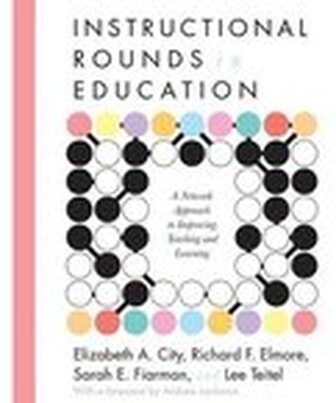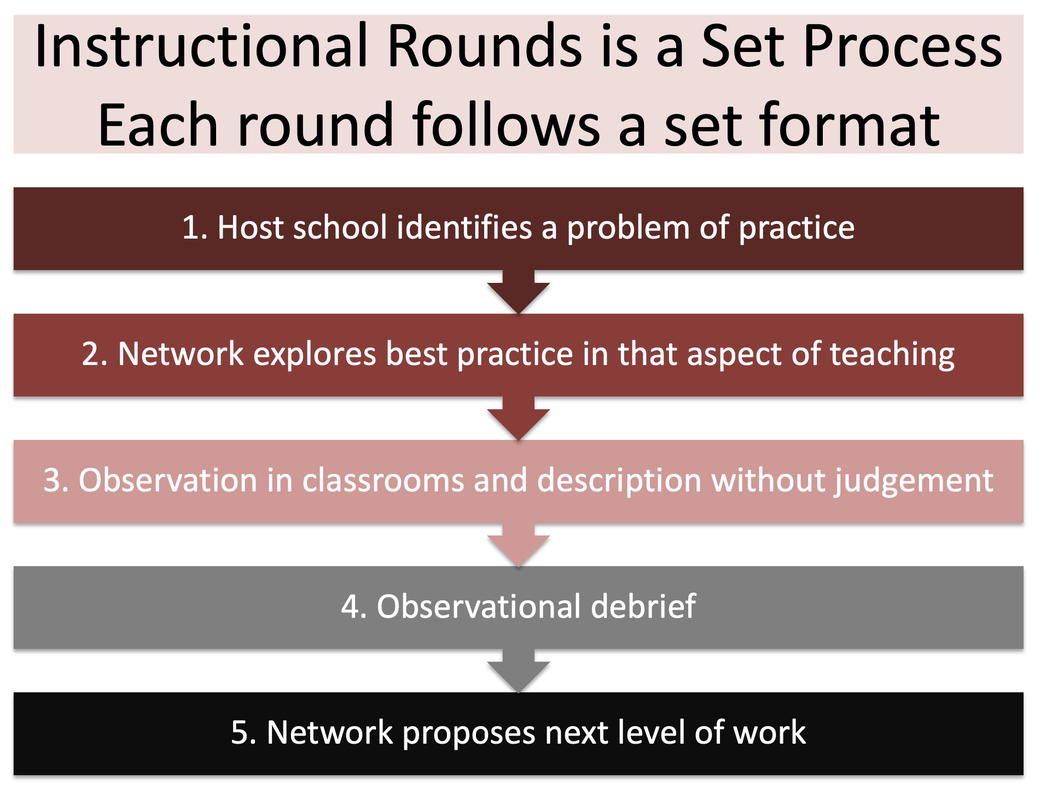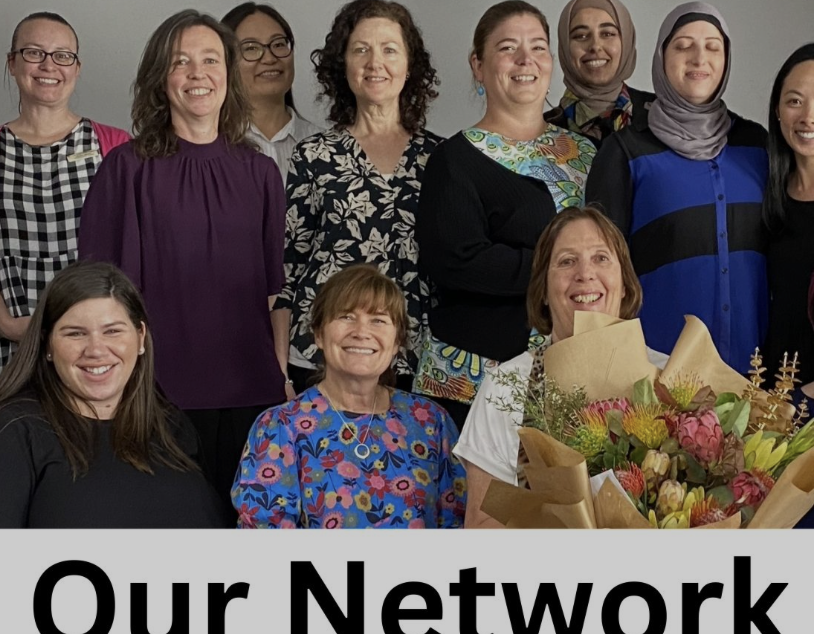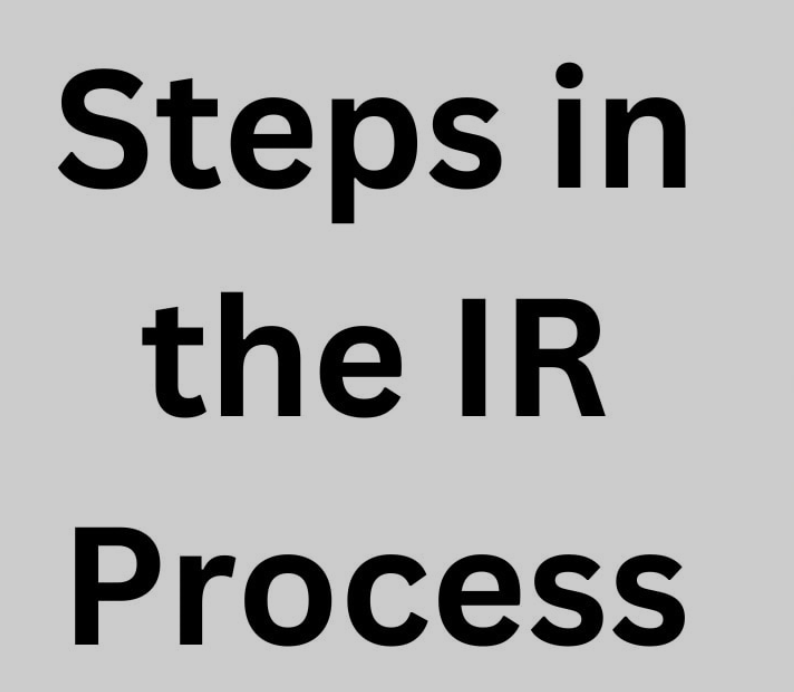How does instructional rounds work?
Instructional Rounds is based on the book, "Instructional Rounds in Education".
|
What is the theory behind Instructional Rounds?Instructional Rounds is based on a theory explained in the book by City et al. Fundamental is the construct of "the instructional core" shown in the diagram opposite. There are 7 principles of the instructional core. They are:
Overview of Instructional Rounds This presentation developed by our network highlights the theory behind rounds, the steps in the process, and the benefits we've found. Click here to download
Your browser does not support viewing this document. Click here to download the document.
|
What happens during Instructional Rounds?Each round follows a set process:
The following short reading is an edited summary of "Learning from Instructional Rounds" by Elizabeth City. It's a great reading to orient teachers and leaders to instructional rounds
Your browser does not support viewing this document. Click here to download the document.
Instructional Rounds is about instructional leadership:
In this short video one school leader describes the way that using instructional rounds has transformed her leadership. Why Instructional Rounds? |




